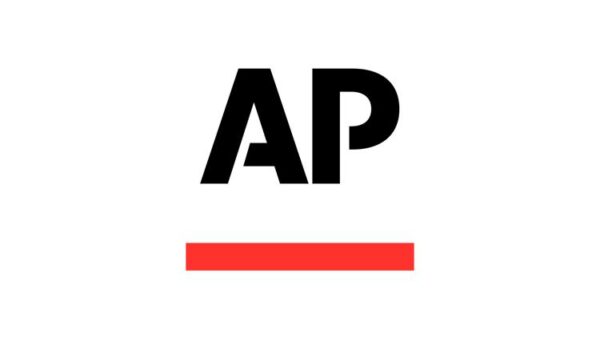Many users seeking alternatives to Adobe Creative Cloud on Linux have faced significant challenges. The absence of core applications like Photoshop and Lightroom has often deterred potential switchers. However, a recent discovery reveals that Adobe now offers web-based versions of these applications, making them accessible across all platforms, including Linux.
After exploring various alternatives, including GIMP and RawTherapee, some users found these options less than satisfactory. While several creative solutions like WinApps and Wine were attempted, they didn’t meet the demands of complex tasks that professional-grade software typically handles. The web-based offerings from Adobe may change that landscape.
Web-Based Photoshop and Lightroom: A Game Changer
The newly available web versions of Photoshop and Lightroom provide a viable solution for Linux users. Testing the web app demonstrated that it not only includes essential features but also offers an interface that many users find more streamlined than its desktop counterpart. Key functionalities such as color and lighting adjustments, selection tools, cropping, and resizing are all present.
One standout feature is the AI-based object selection tool. Unlike its free counterparts, Photoshop on the web automatically detects multiple objects within an image, allowing for seamless selection. This feature significantly enhances workflow efficiency, especially for those accustomed to advanced editing capabilities.
While free applications like GIMP have made strides, they still struggle to replicate the user experience provided by Adobe. GIMP’s interface can be convoluted, and while improvements have been made, many users still find it challenging to navigate. In contrast, the web version of Photoshop provides a user-friendly design that facilitates easier access to frequently used tools.
Lightroom’s Strengths and Pricing Concerns
Lightroom for the web also earns high marks for its automatic color and lighting adjustments, which are integral for many photographers. Users can still customize these settings, ensuring they achieve the desired look for their images. The platform supports cropping and aspect ratio changes, which are essential for maintaining proper framing.
Despite its capabilities, there are limitations. The AI-powered Denoise feature, typically reliant on a device’s GPU, is notably absent from the web version. However, manual noise reduction tools remain straightforward and user-friendly. Additional features, such as lens correction and chromatic aberration removal, are accessible, covering most typical needs for photo editing.
Financial considerations are significant when evaluating Adobe’s offerings. Both Photoshop and Lightroom have free versions, but these come with substantial limitations. For instance, Lightroom can only edit JPG files unless users opt for the paid photography plan, which costs approximately $19.99 per month. This plan also unlocks full functionality within Photoshop, including advanced selection tools and layer styles.
A more affordable option exists through Adobe’s special plan for mobile and web users, priced at $7.99 per month. This plan provides access to most of the features available on the web platform, making it an attractive solution for those who need flexibility across devices without paying a premium.
In summary, the introduction of web-based versions of Photoshop and Lightroom presents a significant opportunity for Linux users. This development allows them to utilize powerful editing tools without the constraints typically associated with Linux compatibility. As these applications continue to evolve, they may also serve as practical solutions for anyone needing quick access to editing software on various devices.
For those who have felt restricted by the lack of Adobe’s products on Linux, the web apps offer an exciting alternative. They not only simplify workflows but also enhance overall productivity, allowing users to confidently navigate their creative projects regardless of their operating system.








































































